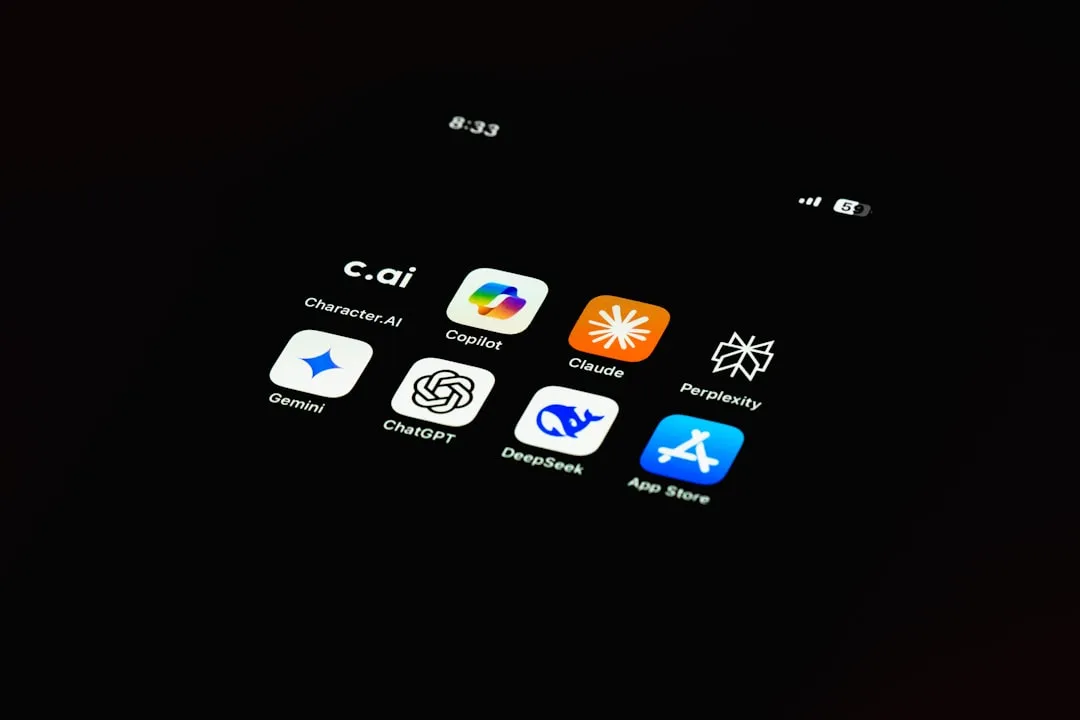5G is undoubtedly the future of mobile networks, and there's a good chance your next phone will have it. But just like with 4G, as carriers race to get the best 5G coverage, the ones running behind are abusing marketing terms to make themselves seem further ahead than they actually are.
Unfortunately, not every carrier's 5G network is the same. Despite an agreed-upon standard developed by 3GPP (the organization behind previous standards like 3G and 4G LTE), some providers have decided to repackage their LTE network as 5G. So below, we'll strip away the marketing terms and look at what makes a network 5G.
The Technical Definition of 5G
5G is the newest standard for cellular networks. It is the fifth generation of this standard, succeeding 4G. As with the prior upgrade, it comes with faster speeds and higher network capacities.
With the new standard comes a new radio access technology known as New Radio (NR). This is what delivers higher speeds and lower latency. In fact, the name "5G NR" is the direct successor to "4G LTE," so it's safe to think of 5G NR as "Real 5G."
NR is then subdivided into Frequency Range 1 (FR1) and Frequency Range 2 (FR2).
In practice, FR1 contains frequencies between 600 MHz and 6 GHz, though it can technically range from 410 MHz to 7.125 GHz. Within this range, there are two subcategories that are colloquially referred to as "low band" (600–700 MHz) and "mid band" (2.5–3.7 GHz).
At 24–52 GHz, FR2 overlaps with the mmWave range, which is another name for any frequency between 30 and 100 GHz. FR2 frequencies between 25 and 39 GHz are called "high band."

This is real 5G.
Another designation to look out for with "real" 5G is the fact that bands (smaller frequency ranges used in broadcasting) will have an "n" prefix. For example, while Band 71 is a 4G LTE frequency used by T-Mobile, Band n71 is a 5G NR frequency.
5G in the Real World
For smartphone users, those frequency ranges have two implications: signal strength and speed. Sadly, there's an inverse correlation between these two factors.
The higher the frequency, the more bandwidth the signal is capable of, but the lesser the broadcast radius. mmWave signals can only travel roughly 1,500 feet, whereas FR1 bands can travel several miles. Conversely, low-band 5G tops out in the 200 Mbps range for speed, while high-band can reach up to 3 Gbps.
To help with its limited range, FR2 5G uses small cells, miniature towers that can be posted on top of buildings and other structures to provide mmWave coverage. But with poor building penetration and such a small radius, the US will never be blanketed with high band 5G the way it currently is with LTE.

The darker red areas in the map on the right represent Verizon's mmWave coverage. High band 5G will never be ubiquitous.
With low band speeds being too slow and high bands not having not enough range, mid bands act as the "goldilocks" signal. They can still offer miles of coverage while providing breakneck data speeds. But this frequency range is already pretty crowded with Wi-Fi, Bluetooth, Zigbee, Z-Wave, and other wireless consumer products, so carriers have a limited spectrum to use for their 5G networks.
As a result, most systems are a mix of low bands and mmWave bands. But every carrier is implementing things a bit differently, so check out the guide below if you'd like to see more specifics.
So now that you know about 5G, here are some things to look out for.
Types of 'Fake' 5G to Watch Out For
There are two tricks to watch out for when purchasing your first 5G phone. The first one is a blatant attempt at deceiving customers by AT&T.
T-Mobile and Verizon both recently rolled out an update to their 4G networks to enable a set of technologies known as LTE Advanced. When AT&T finally deployed their own LTE Advanced network, they didn't want to look like they were behind, so they decided to call it 5G Evolution (5G E).
5G Evolution is our first step on the road to 5G.
During a recent lawsuit over the misleading term, AT&T never disputed the plaintiff's assertion that their 5G E network was not 5G. Even real-world testing conducted by Open Signal shows 5G E speeds are no faster than the competition's 4G networks.
So make no mistake, 5G E is not 5G. In no way, shape, or form. It's 4G with special sauce, and AT&T is a bald-faced liar.
The second instance of "fake 5G" is perhaps even more confusing. T-Mobile is displaying a "5G" icon in the status bar of some phones even when the phone is using a 4G connection. It appears the 5G icon shows up if the cell tower you're connected to is capable of 5G — even when the phone doesn't support that particular 5G signal.
For example, the Galaxy S20 Ultra shows "5G" when connected to Band B2 despite only supporting 5G on bands n71, n260, and n261. Network scanning apps confirm this by showing the technology used is still LTE.

Jon Knight/Gadget Hacks
So if you're looking for real 5G, make sure it's 5G NR. Mid-band frequencies (2.5–3.6 GHz) would be preferable for their balance of speed and coverage, but high bands (25+ GHz) would be great if you can get a signal. And don't be fooled by a 5G or 5G E icon in the status bar of a phone you're trying at the carrier store. Grab an app like Signal Spy to make sure it's actually 5G.
Cover image via Mohamed Hassan/Pixabay


























Comments
Be the first, drop a comment!